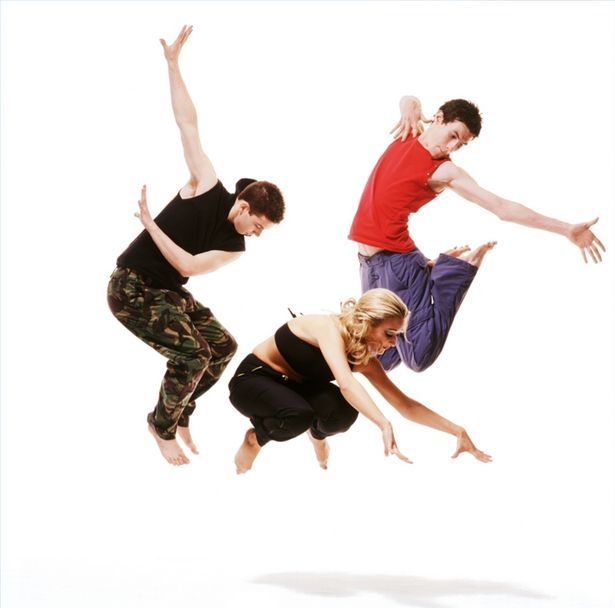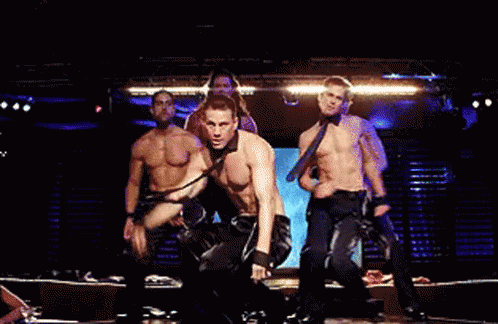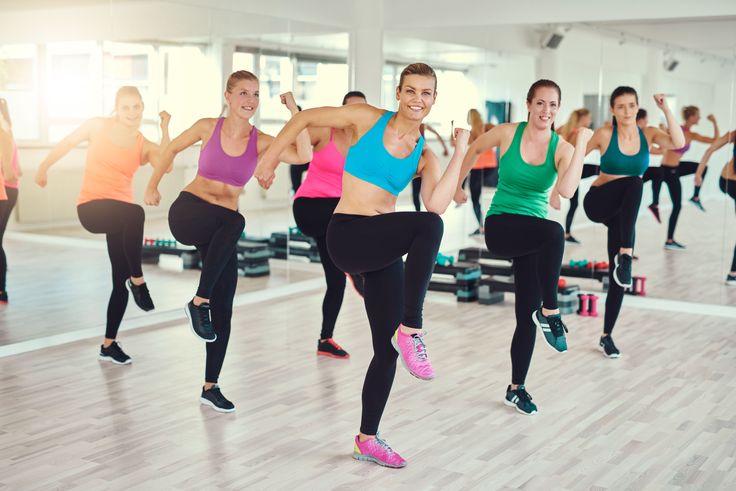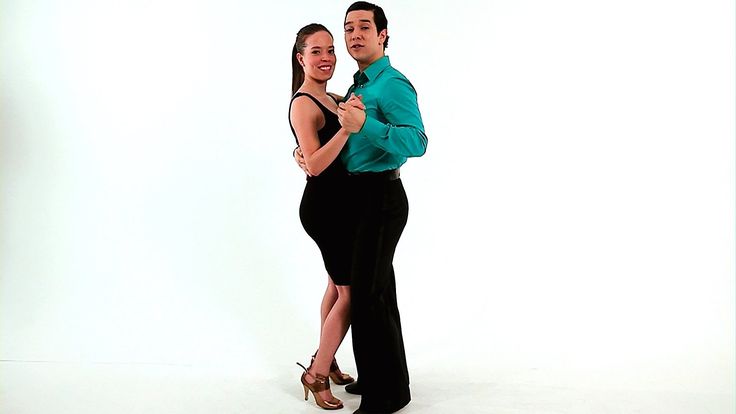How to choreograph a dance routine
10 Tips From the Pros
Creating movement from scratch to encompass the feeling, rhythm, and theme of a song takes a little imagination and some work, whether you're a beginner or getting ready for a big performance. When you're including the movements and dance phrases for multiple performers, too, choreographing a dance can get quite complicated. That's why we're giving you some top pro tips on how to choreograph a dance when you're feeling stuck, including methods you can use to step outside the box and spice up your routine.
1. Study the Music
If you know what music you want to choreograph your dance to, start studying. Go beyond creating movements based on the rhythm and beat of the song, and study the lyrics, the emotion, and the meaning behind the song. You can find inspiration from the feelings you get when you read the words, and embrace the emotion the artist puts into the song.
Poppin' C, a Swiss popping dancer, says, "The music is everything for me, because the way my body adapts and moves, is because of the way I feel the music. " By knowing every part of your music inside and out, you can design dance moves that really work with the beat and lyrics.
B-boy Junior holds a breaking workshop at Red Bull BC One Camp in Mumbai
© Ali Bharmal / Red Bull Content Pool
2. Watch the Pros
Take some time to watch dance-heavy musicals, like "Chicago" and "Anything Goes," competitive series like "World of Dance," and even street performers, like Logistx, to grab some inspiration for your moves. Observe the styles, transitions, and combinations of movements and note how pro dancers create a physical connection to the music. This can help motivate you to create dances that get the audience to connect with your physical interpretations of the music.
3. Plan for Audience and Venue
Think about who your performance or event is for. Consider the venue you're performing at, too, because your dance environment can help you find ways to creatively express emotion. Lighting, sound, and the overall ambiance of your venue can help you design dances that incorporate mood and emotion to connect with the audience during your performance.
4. Think About Dance Style
Choreograph with steps and dance moves that reflect a specific style. You might try incorporating hip hop steps into a classical dance to mix it up and create your own unique dance style, for example. If you're just starting out with dance choreography, try focusing on learning how to balance a specific style of dance with your unique interpretation of the music you're dancing to.
Kid David poses for a portrait at Red Bull Dance Your Style USA Finals
© Carlo Cruz/Red Bull Content Pool
5. Focus on the Basic Elements
Focus on one (or several) of the most basic elements of dance: shape, form, space, time, and energy. For form, you can focus on designing phrases and steps based on a specific form from nature, like an animal or landform. Use your stage space to showcase explosive energy and give certain aspects of your performance a punch of emotion that keeps your audience engaged.
6. Don't Start at the Beginning
If you're stuck trying to figure out how to start your dance, plan it out from the middle or from the end. Tell a story through your dance choreography and plan out the climatic elements before the small steps to help you flesh out where you want to go with your ideas. Once you've outlined the basic structure of your choreography, piece it together into an entire work.
Tell a story through your dance choreography and plan out the climatic elements before the small steps to help you flesh out where you want to go with your ideas. Once you've outlined the basic structure of your choreography, piece it together into an entire work.
7. Try Choreographing Without Music
Dance in silence. It might seem like a crazy idea since you're choreographing the dance to a specific song. However, just letting your body move and flow with different tunes you imagine can help you step outside your comfort zone and incorporate challenging moves and dance steps that you might not have thought to pair with a song or score. When you discover something you like, pair it with other steps you've already developed and start fitting your moves to the music.
Poppin C shows off his moves during a photoshoot in Lausanne
© Torvioll Jashari / Red Bull Content Pool
8. Embrace Post-Modernism
Study early modern dance forms and styles that can get your imagination flowing.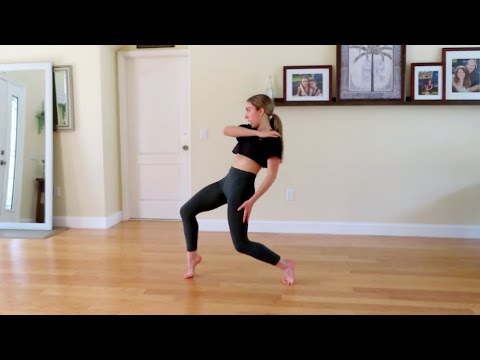 Dancers from the mid-century modern era through the 1950s and '60s (such as Anna Halprin, one of post-modern dance's pioneers) would incorporate a whole world of nontraditional moves in their choreography. Slow walking, vocals, and even common gestures can make imaginative additions to your overall work.
Dancers from the mid-century modern era through the 1950s and '60s (such as Anna Halprin, one of post-modern dance's pioneers) would incorporate a whole world of nontraditional moves in their choreography. Slow walking, vocals, and even common gestures can make imaginative additions to your overall work.
9. Incorporate the Classics
Use classical ballet, traditional ballroom steps, or other classic dance moves to mix up your style. It can be a startling transition for an audience to see a classical ballet step snapped in between freestyle phrases. Combining classical techniques with your dance design can add interest and suspense to your performances.
10. Use Other Art Forms as Inspiration
Don't just focus on music and dance. Look at all kinds of art forms, from two-dimensional paintings to live art performances. Take note of the different emotions and use of space, shapes, and forms that different artworks incorporate, and think about your interpretations and how you can convey that in movement. Use this as fuel for your inspiration when choreographing short phrases. Keep up to date on new forms of art to get inspired and avoid the dreaded writer's block (for dancers).
Use this as fuel for your inspiration when choreographing short phrases. Keep up to date on new forms of art to get inspired and avoid the dreaded writer's block (for dancers).
More Pro Tips to Choreograph a Dance
Arlene Phillips CBE, a British choreographer and theater director, got her start pro dancing and choreographing in the 1970s. She's been the choreographer for a variety of performances over the years, including live theater. Her advice for aspiring dancers includes some helpful choreographing tips:
Tell the music's story through your movements
Keep practicing with imaginative steps
Be determined to learn from your mistakes
Challenge yourself with unique rhythms, styles, and techniques
Plan out your most impactful elements then work in additional steps around those
Keep practicing your choreographing techniques
Don't be afraid to learn something new
One of the most important things to keep in mind when choreographing a dance, though, is to embrace diversity. Don't be afraid to do something different or outside the norm. Try incorporating new styles or steps to make your dance fresh, and study all types of art to get excited about your work. The more you challenge yourself to think outside the box, the more creative and unique you can be with your choreography.
Don't be afraid to do something different or outside the norm. Try incorporating new styles or steps to make your dance fresh, and study all types of art to get excited about your work. The more you challenge yourself to think outside the box, the more creative and unique you can be with your choreography.
How To Choreograph A Dance Routine In 6 Simple Steps
Are you wondering how to choreograph a dance routine? Or if you even can???
The answer is YES, YOU CAN! And you totally should.
Choreographing isn't just for professional dancers with tons of clout. It's a skill that anyone can learn with a little practice and inspiration. Not sure how to start? Just follow this handy 6-step guide and start creating!
Finding the right song could be the easiest or hardest part of choreographing.
Sometimes, you hear a song for the first time and you know, you just KNOW, that it's the one.
Other times, you browse through your entire iTunes library, SoundCloud dashboard, Spotify playlists, and still don't feel anything.
But once you have a song and pick out the section you want to choreograph to, listen to it...A LOT. And don’t just listen – listen with intent.
Look up the lyrics to see how you relate to the meaning of the song. Discover hidden hi-hats and riffs that you can highlight.
Note the "pathways" for movement you want to take – do you want to hit a certain lyric? Or that dope double bass? Visualize ideas as you listen.
You don't need to come up with concrete moves, but understand how you wanna move. And if you need to cut your music, do that first.
Having to wait or skip around to different parts of the song can interrupt the process.
Some tips for finding songs: Best Ways For Dancers To Find New Music
Yes, you can watch videos from your favorite choreographers and remix their routines, but to make something unique to you, try drawing inspiration from your own life and the culture around you.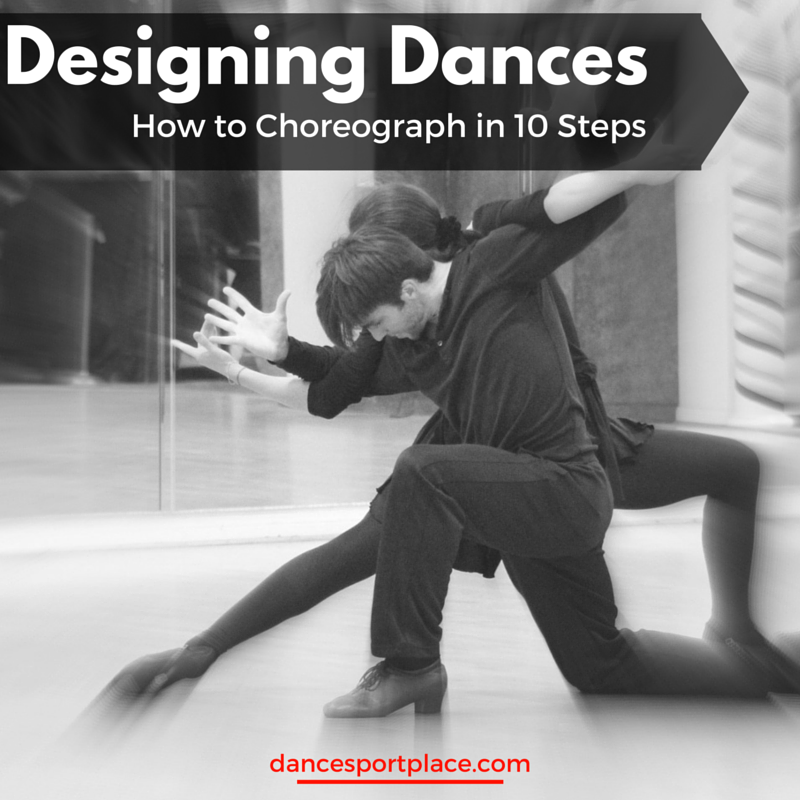
Read thought-provoking books, watch beautifully shot movies, check out MET Gala costumes, and visit cool museums!
All forms of art can inspire and fuel your art. When you see something inspiring, write it down so you can come back to those ideas later.
Even something simple like an interesting conversation with a friend can turn into a dance choreography idea or a new dance move.
Already feeling inspired? Watch this video to learn how to turn those ideas and concepts into dance moves!
Freestyling doesn’t necessarily mean that you’re going to be using those exact moves in your piece. In fact, you probably won’t even remember a lot of what you did!
The point is to let your body respond to the music. Play the whole song and let yourself move. Notice how you naturally groove to certain sounds.
This will be the first "layer" in your choreography.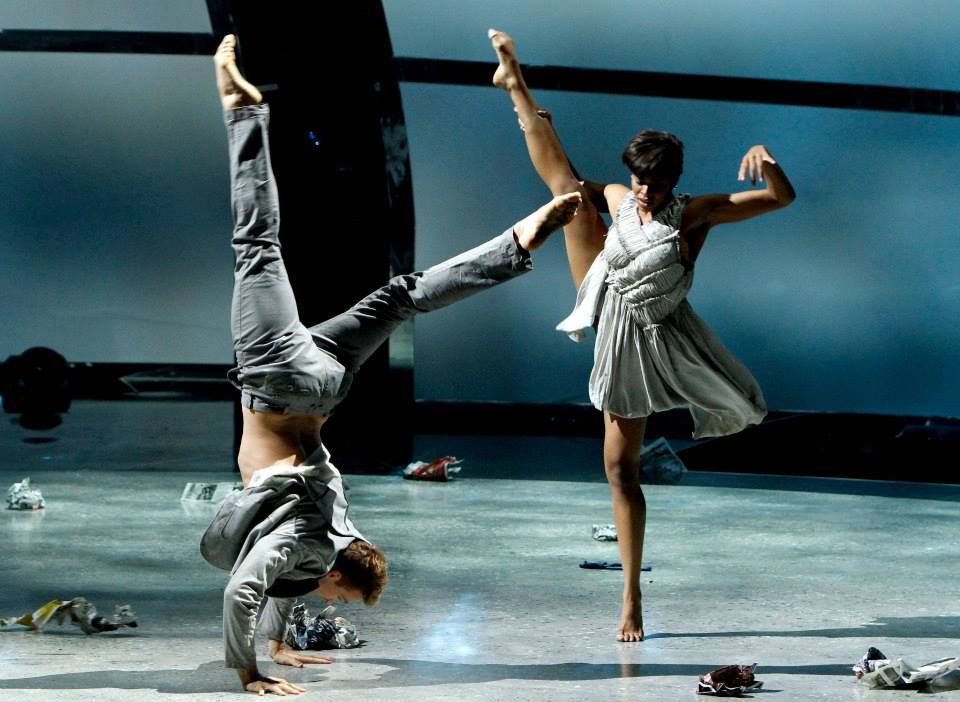 You can then try variations or build more intricate movements on top of it.
You can then try variations or build more intricate movements on top of it.
Not sure how to start freestyling? Read this article for a few more tips: How to Freestyle Dance
And if you put on a song you really love, but still can't come up with any moves, check out this video!
Clay gives you tips for creating unique movements, even when you think you have choreo block.
You probably decided to choreograph to the song because you thought certain sections would look dope on the body.
Is it a climax? A breakdown? An instrumental interlude?
Whatever it is, start with that part. You don’t have to choreograph chronologically from beginning to end.
Start with the chunks that come easier, then build the rest of the choreography around it.
After you've choreographed your favorite chunks, make sure to give some love to those in-between sections!
Just because it’s not a crazy beat combo doesn’t mean it doesn’t have potential to look amazing.
Sometimes it’s those slower moments that are the most memorable. Check out this piece from Galen – it's all about her presence and demeanor.
Even her simple movements are engaging because she's filling those calmer moments with presence, before she goes off in a powerful combo.
A lot of us have the problem of making choreography that looks good in our heads... But not on our bodies. At that point, you just gotta train yourself.
Some refer to this as “cleaning” or “setting,” which involves perfecting certain pictures you make with your body, looking at pathways between points, or drilling quick combinations.
Check out this article to learn more about the cleaning process: How To Execute Choreography Better By Utilizing Your Body With Carlo Darang (Choreo Cookies)
And remember: How you choreograph will be how the piece looks. So when you choreograph a dance, do the moves full out.
So when you choreograph a dance, do the moves full out.
For example, if you want a plié somewhere, really bend those knees. Let body rolls go all the way through your body. If you’re doing floorwork – get on the floor!
It's not going to magically look amazing when you perform on stage or in front of the camera. Make it amazing as you're making it.
Watch this video to learn more about dancing full-out, in every moment.
There are probably moments within your piece that feel perfect to you. Don’t change those.
But the piece as a whole is probably a bit rough around the edges, especially if this is your first time choreographing.
As novelist Ernest Hemingway once said, “The first draft of anything is sh*t.”
So don’t worry if it’s not exactly what you wanted it to be. You can work your way there!
Do this by trying out variations of movements, scrapping some sections, changing directions, or adding floorwork – whatever you feel is necessary to “edit” the piece.
And honestly? That’s what makes creating so fun – trying things. Saying “Nope, not that,” or “YES oh my god, it worked!”
It’s supposed to take multiple drafts! Just keep editing until you’re done.
Of course, if you're a perfectionist, you might feel like your piece is never finished, but you gotta draw the line at some point.
While it’s awesome to try to keep improving your piece, there comes a point where you have to say “This is it. It's ready."
It's not about feeling like your piece is perfect. It's about making something that you feel proud to say you made. So when you're done, let it be.
Give yourself a pat on the back. Record the piece and share it with us via our STEEZY Studio members Facebook Group!
Thousands of dancers around the world are not only improving their dance skills on STEEZY Studio... they're joining our community and getting feedback from other dancers!
Click here to sign up for STEEZY ;)
Check out this video for a quick recap of this guide AND a few extra tips!
Dance sport Latina exercises
Basic principles of body work in Latina. Posture and coordination in dancing.
Latin training process. Specialized exercises
Rules for the construction of choreography and dance scheme
Latin American dance program
Samba (Latin American dance program)
Cha-cha-cha (Latin American dance program)
Rumba (Latin American dance program)
Paso doble program
Jive (Latin American dance program)
Exemplary team dance and sports club ajax
Basic principles of dance sport
(sport ballroom dance)
- Each dance must be conveyed by the characteristics of each dance and the character of each dance. You need a dance soul, you need to live the dance, tell your story through the dance.
- The partner should enjoy dancing, and the partner should enjoy dancing with her and leading the couple.
 It is necessary to observe the gender component - the separation of the principles of the dance of the partner and the partner. The partner goes to the parquet in order to show the partner. It is important to dance not next to each other, but to dance interacting in pairs!
It is necessary to observe the gender component - the separation of the principles of the dance of the partner and the partner. The partner goes to the parquet in order to show the partner. It is important to dance not next to each other, but to dance interacting in pairs! - The main competition now is showing more contrasts per unit of time and the ability to present it, as well as show interaction in a pair.
- Talent Perseverance Purposefulness - key success factors
- It is necessary to constantly perform exercises to pump muscles and develop and practice the necessary key skills.
- Only skills reinforce knowledge! It is necessary to do all dance training exercises honestly for yourself first of all.
- It is necessary to give specific tasks to practice the action for the dancers! The dancer needs to keep a diary, with tasks and an assessment of progress. Be aware of your dancing! Practice must be conscious and effective.

- Natural movement. Natural movement with maximum control of body parts and engagement of all muscle groups. It is important to be able to perform elements of any complexity with a beautiful posture freely, without clamping, with a sense of weight.
- Continuous movement. Permanent movement - either movement on the parquet, or body action movement of body parts in place. Continuous smooth movement without "stops", they must be excluded, except for special lines conceived according to the choreography. The dancer is never static, there is always stretching and stretching going on.
- Coordination, isolation, body axis. Volumetric, non-planar movement required. 3-D volume and natural movement through insulation and stretching. Any quick action must be done on the exhale.
- Timeliness and clarity of body weight transfer. It is imperative to monitor the timely transfer of body weight from one leg to the other leg.
 2 types of weight transfer - first transfer of own weight, then synchronous transfer in pairs. It is necessary to feel the weight (the force of pressure on the floor). Weight can be felt in any part of the body separately (weight of the shoulder blade, weight of the thigh, etc.). It is necessary to find the optimal combination of relaxation and lowering the weight on the foot, with quick collection and movement.
2 types of weight transfer - first transfer of own weight, then synchronous transfer in pairs. It is necessary to feel the weight (the force of pressure on the floor). Weight can be felt in any part of the body separately (weight of the shoulder blade, weight of the thigh, etc.). It is necessary to find the optimal combination of relaxation and lowering the weight on the foot, with quick collection and movement.
How the body works.
5 main blocks (floors) of the building
Feet
The foot is responsible for the rhythm. Ringing stop work. Clear work to the floor and to the beat. Control and dance ups and downs.
Knees
Beating forward and backward, bending and straightening, lifting and lowering.
Hip part - rotation and figure eight. Rib part - Presentation part
Hip part of the body
It is important to control and remove blockage in the hips (sacrum forward).
We remove the arch in the back (excessive lardos), there should be a long back.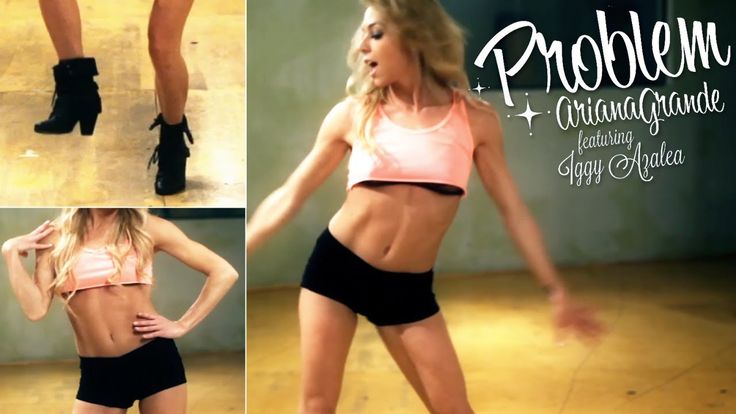
The center must be removed and drawn into the lower back.
Rotation and figure eight actions in the hip part of the body.
Rib part of the body
Stretching and "press line" of the sides of the body
Presentation part of the body (chest, shoulder blades, arms, shoulders, neck, head)
Stretching the upper part of the body, creating volume.
Neck without clamping, head position perfectly level, without ups and downs.
The chin line is parallel to the floor line.
2 centers of the dancer's body
Lower center (lower torso, located just below the center of the lower part of the ribs - between the waist and ribs)
- Center of gravity, control of body weight. It is always necessary to be in the sensation of a retracted center. Performs the function of depreciation, reduction, rotation (rotation) and displacement (translation). The upper center is responsible for initiating movement.
Upper center (main upper torso, located in the chest area)
Referral center.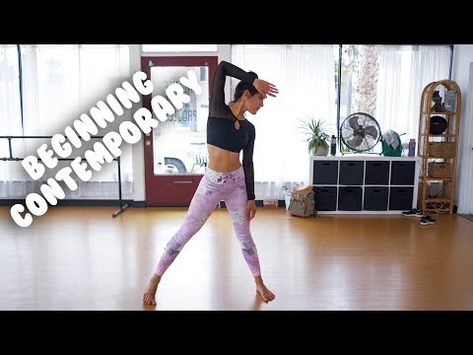 When moving and rotating, the top center always comes first, then the bottom one in sequence. Like steering wheel and wheels. Responsible for the initiation of movement, the function of rotation (rotation) and displacement (translation)
When moving and rotating, the top center always comes first, then the bottom one in sequence. Like steering wheel and wheels. Responsible for the initiation of movement, the function of rotation (rotation) and displacement (translation)
Isolation of body parts and posture in Latin
3D dance: stretching in 3 planes: Frontal left and right. Sogital - twisting of the hips and body in rotational directions.
Proper positioning of the body - keep the axis of the body.
Dancing posture
Main problems:
- Hunched shoulders
- Head and neck forward
- Shoulder blades exposed collapsed belly and lower back
2 types of posture:
Classical and Latin American (the body is slightly forward over the toes, the pelvis behind the heels - a diagonal line is created)
Principles of the legs, feet.
 Steps, movement, movement. 5 phase steps.
Steps, movement, movement. 5 phase steps. - 5 stride phases:
4. Extend - lengthening, stretching the free leg from behind. It is located on the extreme toe
5. Recover - recovery - the leg free from weight is bent at the knee.
Backstroke: 3 stages - leg in front with a natural turn of the toe, bending the leg at the knee and building a straight perpendicular line from the toe to the knee, slight tilt of the body forward, bringing the leg back to collect the knees, pushing out from the supporting leg. Emphasis on the knee - tends forward and is fixed for a moment. Knee work, repulsion, attack.
How the hands work
Hands help to make a coordinated movement, show beautiful lines, complete the meaning of the dance for judges and spectators.
The main principle of the work of the hands: The hands repeat the work of the body with a greater amplitude and a slight delay - the continuation of the work of the body, except for staging moments! Avoid ventilators.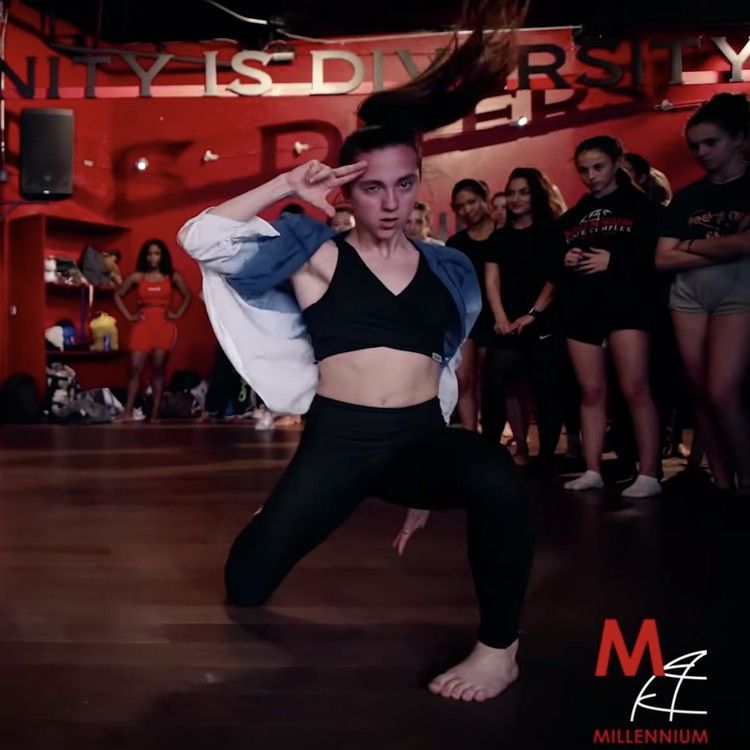 It is necessary to combine the work of the hands with the work of the body. Brushes must always be kept in good shape.
It is necessary to combine the work of the hands with the work of the body. Brushes must always be kept in good shape.
- Shoulder, shoulder, elbow, hand control. Removal is slow with an accent in the final position.
- Closed and open hand position. If the hand goes from the center, then the palm immediately goes to the open position, if it goes up along the central axis of the body, then it goes to the closed position and then goes to the open position.
- 2 types of arm joints - elbow-rib, elbow-elbow. The shoulder is the highest part, when the arm is extended to the side.
- Working out the interaction of the work of the arms, legs of the body according to the accounts.
- Charged hands (work with an accent). Twisting of the arms (from the elbow to the elbow, feeling twisted in opposite directions)
- Rotation of the hips and opening of the rib part of the sides, arms in the sides in good shape.
- 2 positions: parallel to the floor and just below shoulder level, set slightly forward so that the hands can be seen with peripheral vision.

- Hand: fingers in good shape, as close as possible, index finger slightly prominent. Girls can create any brush design.
- Arm extension: to the side - 3 stages - side, forward, down; Up and through the semicircle down; arms to the sides, hands in the field of lateral vision, elbows not behind the back (maintain volume, “balloons” under the armpits)
- Bringing the arm to the side: in turn, the elbow, wrist, hand. Back: turn the brush, break the elbow, lead to the lower center.
- Turning back with shoulders: shoulders, elbow, wrist, hand. Back: soften the elbow, turn the shoulders, return the brush to the center.
- Bringing the arm up: start the movement of the hand, a slight turn in the shoulders, a screw movement of the arm, then back.
Principles of positions and interaction in pairs
Gradual and gradual development of lead in pairs!
There should be no isolated dancing.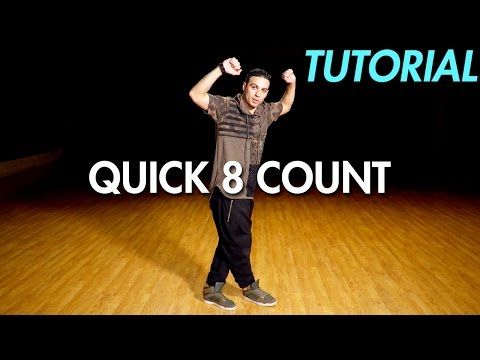 Partner "passenger", partner "Driver".
Partner "passenger", partner "Driver".
Types of dribbles:
- Physical dribble - when the partner shows the partner the direction of movement, stops. The work of the hand, the correct distribution of weight and the interaction of partners together.
- Shape guide (with preservation of shape and lines).
- Permissive maintenance. For example, Delay - tightening and stretching between partners and counterbalance, then high-speed movement.
- Case management. Interaction at a distance, without physical contact.
The dribble must always be up to the step (to the count).
Trust of partners. No need to take too much initiative.
- Body weight always with a feeling of pressure on the floor.
- When moving backward - first the legs, weight and position of the body are slightly ahead, then we bring the body.
Exemplary Team Ajax Dance and Sport Club
Exercises and training methods in the Latin American Dancesport Program
Warm-up, warm-up, training exercises for parts of the body in Latin
Warm-up, warm-up
The main task is to consistently warm up: feet and Achilles tendon, knee joint, hip joint, spine.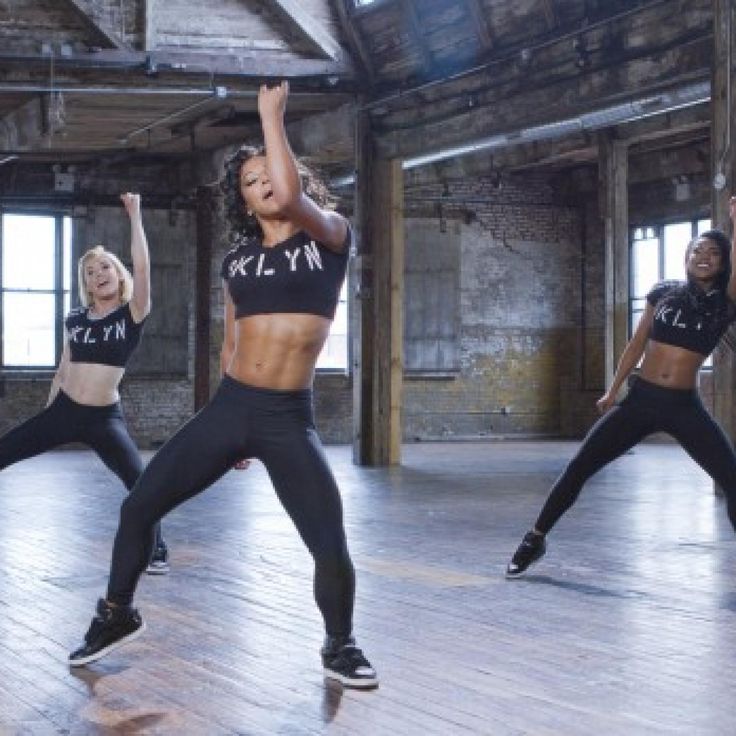
Warm up should consist of 3-6 exercises for different muscle groups.
Exercises to work upper body center:
shoulders, neck, head, chest, back, posture. Body Setting Methods
Body Setting:
Shoulders up and in a stretched free position. Slowly, we increase the action down, even position in the back. Hold down 8 counts, relax 8 counts
- Exercise a shoulder blades: move the shoulders forward, the shoulder blades are apart, then vice versa, the shoulders back, bring the shoulder blades together, then neutral tension - the shoulder blades are apart, the back is even, there is no additional tension in the body. For 4 counts forward-neutral-back. The opposite method.
- Head and neck. With expander or rubber band behind the neck and try to move it back for several counts with tension, alternating with relaxation.
 Same with the back of the head. It is recommended to do 4 eights.
Same with the back of the head. It is recommended to do 4 eights. - Chin rest , put the hand under the neck and place the chin.
- Competition for who has the longest neck , with the condition that the distance between the earlobes and shoulders is the same, without inclination. We stretch 4 eights and rest.
- Pull down exercise of the band down through the neck for control of the top and downward pressure.
- Chicken. The lower part of the shell body, hands on the belt, raise the upper part of the shell with the crown, stretch shaking the head and body, 8 counts.
- Champion point. Put your hand on the upper part of the sternum and raise your palm up, while your shoulders tend to go down, lower your hands. For 8 accounts.
- We move the walls and ceiling. We spread our arms, shoulders in a flat position, legs shoulder-width apart, arms apart to the sides or up until straightened, fixation in a flat position.
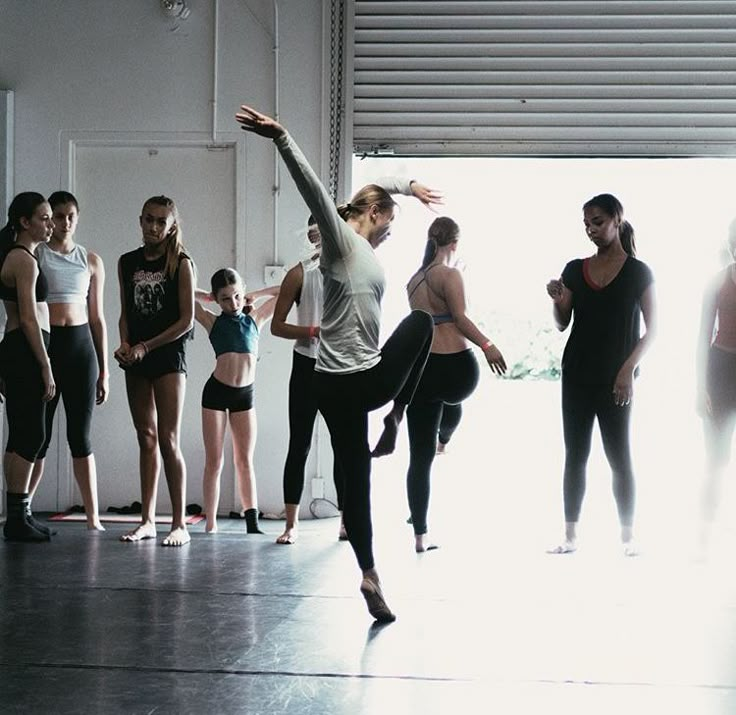 We move apart for 8 accounts and stand for 8 accounts.
We move apart for 8 accounts and stand for 8 accounts. - Move the floor by force. Press down with your hands, pull the top of the head up, press for 8 counts, hold the position for 8 counts
- Place the object on the center of the head and move with the object.
- Chest movement isolated to the sides
- Chest rotation isolated. 1-2 melodies, with alternation.
- Side dribble - combination of rotation and offset.
- Positioning and body work, can be done against a wall . We raise and lower our hands up, the shoulders are open shoulder-width apart, we retract the center, we remove the deflection in the lower back, it is possible to the wall, on the same line of the heel, hamstrings, buttocks, lower back, shoulder blades, back of the head.
- Exercise for the correct feeling of the upper and lower center - samba move at the barre.
 Shoulders and top center remain strictly parallel to the machine.
Shoulders and top center remain strictly parallel to the machine. - Bounce with the leg out and fixing the position of the central balance for 3 counts (in the center position). We hold ourselves on the joint of the thumb, big toe, foot pad.
- Exercises with a stick or a light object in front of you in front of you in your arms and on your elbows hold on straight arms with lowered shoulders: shifts, latin square, rond, bounce step.
- Presentation Exercise - Crossing the arms behind the head and performing actions in this position
- Shoulder exercises Slowly, we increase the action down, even position in the back. Hold down 8 counts, relax 8 counts
- Rotational movement (rotation) of the shoulders (head and bottom straight). 3-4 beats.
- Turning the shoulders, then the head, return to the neutral position and then to the other side. 3-4 reps per side. Next, add a turn with the head.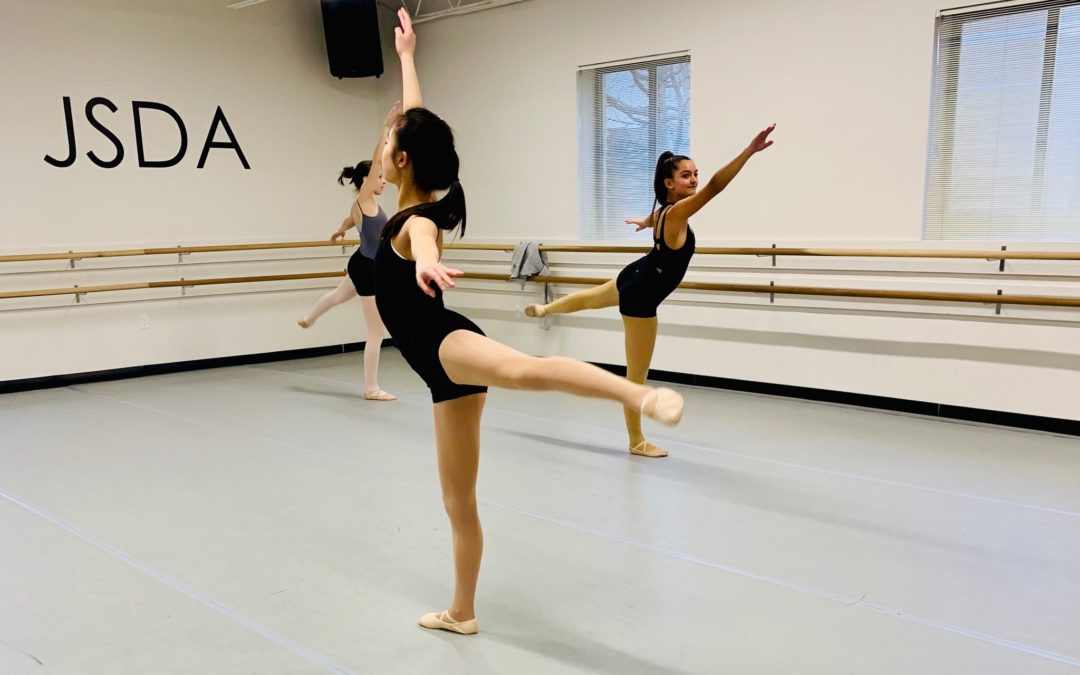
- Neck and head exercises
- Hands behind the neck and head and impact, pressure back for 8 counts and rest 8 counts.
- Chin, put the palm of your hand and put the chin on the shelf. The chin line is parallel to the floor line.
- The neck should be stretched primarily in the occiput. Competition who has a longer neck, with the condition that the distance between the earlobes and shoulders is the same, without tilt.
- Turning the head to the sides for 8 counts. Stretched, but not tense neck, head level. 3-4 repetitions. Beware of individual mistakes! Double sharp turn of the head on 1 and 2. It is necessary to adjust the focus when turning the head.- Chest (Main Torso)
- Work forward backwards with the chest (upper center of "gravity"). Hands "take a point", the shoulders are motionless.
- Work with the upper center to the sides. We use the shoulder blades to push the opposite side.
We use the shoulder blades to push the opposite side.
- Work with the upper center at 8 points of the hall (forward, to the sides, diagonally).
- arms to the side and make shifts of the upper part of the body, then we try to make translation only with the chest.
- Chest rotation. More expressive with partners.
- a combination of shifts of 8 accounts - to the sides, back and forth, circle, figure eight.Hip exercises, thighs
- Natural figure eight in the thighs without and with body weight transfer. Figure eight on two legs with transfer to the supporting leg, figure eight on toes, figure eight with a change in height. Figure eight in samba with bounce and transfer of body weight from foot to foot to the sides and back and forth. Reversible figure eights at the hips.
- - Leg raise with bent knee, out to the side, back, return.
It is important to control and remove blockage in the hips (sacrum forward).
 We remove the arch in the back (excessive lardos), there should be a long back. The center must be removed and drawn into the lower back
We remove the arch in the back (excessive lardos), there should be a long back. The center must be removed and drawn into the lower back - Swallow center exercise. We move the hips a little forward, with the palm (stick) we press on the waist line in the center of the body. The center should "eat" the palm. 8 accounts.
- Exercise with band . We place the elastic band under the booty and press the stretched elastic band up, you can do it with a stretched elastic band in your hands under the booty.
Exercises for the work of arms, hands
- Circular movements of the hand with control of the shoulder (like scooping movements). Eights in hands on outstretched arms. Circular movements with a brush at the bottom.
- Turning the shoulders and bringing the arm back (then forward). The right hand comes out from the left shoulder and is in line with the left shoulder.
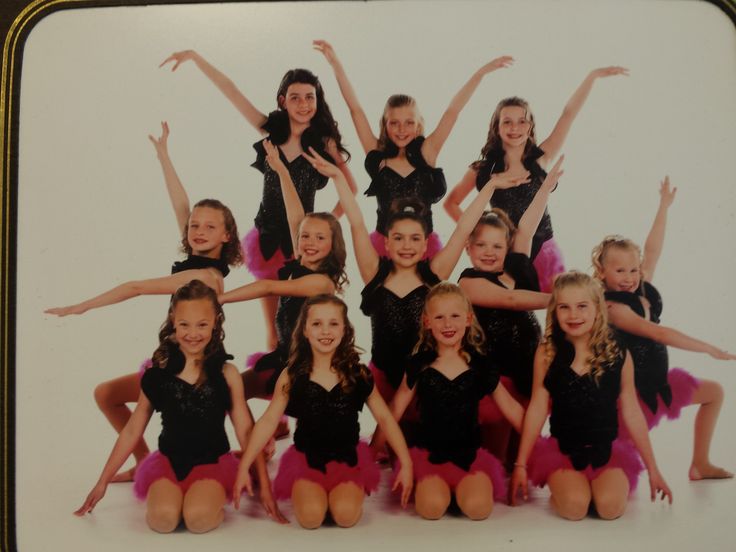
- Hands in turn to the sides, back, forward, up. Minimum 2 melodies.
- Progressive method of moving the arm to the side elbow - arm, hand and back.
- The movement of the arm is a continuation of the movement of the shoulder. working out the lines of continuation of the body forward and backward. Rotation of the shoulder - elbow - wrist - hand - turned the hand and arm - bent and returned. The arm cannot be brought back without turning the shoulders. When bringing the arm up, a screw movement of the arm is used.
- Exercise mill. Rotation of the arms in a circle with a turn of the body and shoulders.
- The arm movement method is a continuation of the shoulder movement. Articulation of the arms to the sides, forward and backward with the rotation of the shoulder, upward with the screw with the rotation of the shoulders.
Exercises for the work of the legs, feet
- Change of foot and legs - pull the knees and feet forward, gently lower into the supporting leg, be sure to pass through 2 gathered legs (near the knee and ankle).
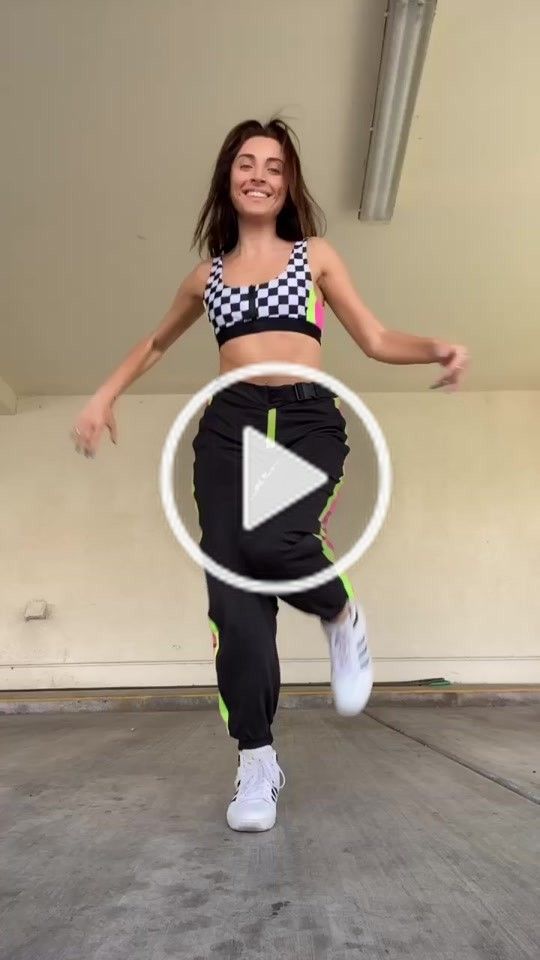 You can train at the machine.
You can train at the machine. - Leg forward and backward when collected, the knee is pulled forward and up. Necessarily without clearance through the gathered legs in the brush position, turn the foot at the free leg, pull back - straighten the knee, strong stretched inverted foot, raise the hip, the free leg clearly controls the floor and presses on it, then swing back, knee through the knee and forward
- Exercise with a yoga block in the center of the crown , on the centers and feet, raise the foot one by one, make a change, bring the leg out, rond with the foot forward to the side back.
- Pelvis rotations on the ball of the foot , shoulders parallel to the barre, knee straight.
- External and internal twists of the machine - leg extension, knee extension, body weight transfer, knee collection and further, light heel of the supporting leg during rotation, concentration on the twist part.
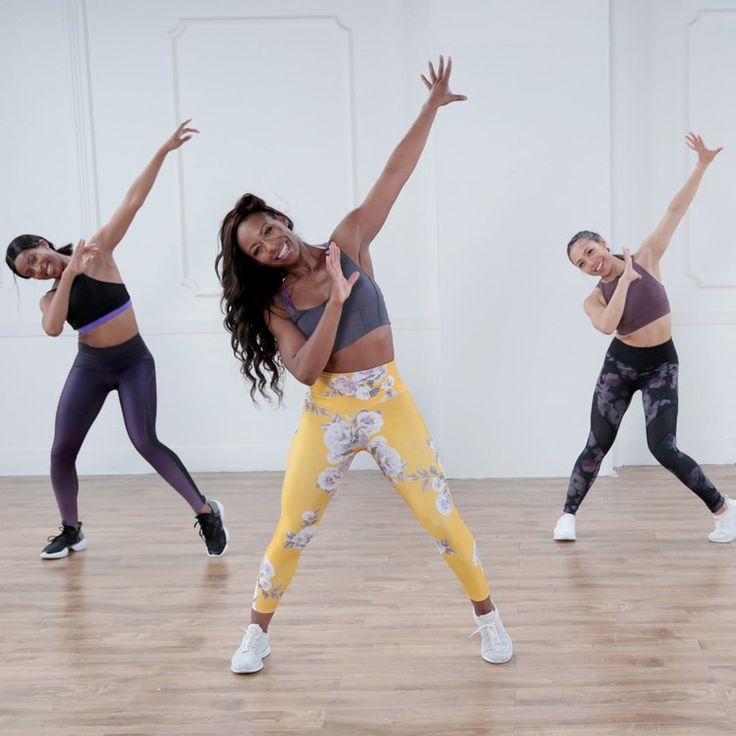
- Hip Twist at barre - leg behind, diagonally with bent knee and back. You can work with an object on the toe of the free leg (a sheet of paper, a disc, etc.)
- Exercise Latin Square - pulled in the stomach, lowered the shoulders, pull the ribs up, light heels, open the hands keeping the volume forward and in front of you, moved weight on skating leg, leg forward (knee out, leg straight out, push, weight transfer, leg collection, lowered into line press, leg out to the side, weight transfer, pushing action, leg collection, soft change through the balls of the foot and strong legs , moving the leg back ... Clearly determine the weight and from which leg to which we are moving, transferring the weight of the body from the supporting leg, The upper body should not be ahead of step
- Floor pressure exercise . Go through a routine or circuit with relaxation and a sense of pressure and lowering the weight into the foot.
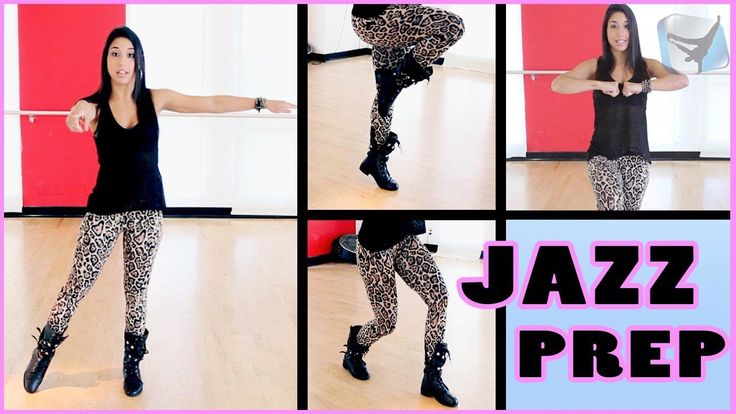
Exemplary team dance and sports club ajax
Rules for constructing choreography and dance variations
It is necessary to create a rhythmic pattern in the dance (playing with counting and rhythm and accents)
It is necessary to change rhythmic patterns during the performance of the composition
use shifting emphasis on accounts.
There must be pauses with lines (poses). No need to just run on the floor.
Change of emphasis - a change of emphasis from one part of the body to another is required using insulation.Change of movement geometry is required during song execution.
Geometry of movement along the parquet
Samba and paso doble in a circle - for example, starting from the long side - the center of the hall, then diagonally again to another cornerGeometry inside the pair
Linear. Together and in parallel.When dancing in parallel, it is necessary only in perfect synchronization and no more than 1-3 measures.
Rotational
With rotation of one of the partners.Dancing outside of a pair, no more than 6 measures.
3 types of guiding - coming and going freehand, framed, shoulder or body.
To be used to memorize the pair by judges and spectators. But only one in variation.
It is recommended to use the change of pitch (levels) in the dance.
The procedure for working out dance routines and patterns:
- determining the direction of each element and movement in general
- analysis of elements and patterns by counting
- analysis of technique, slowly counting by 8, half tempo, tempo.
It is not necessary to completely copy the coach or the dance you are learning, it is important to practice effectively, following the basic rules.BASIC is a template and basis from which we build and use in interpretations.
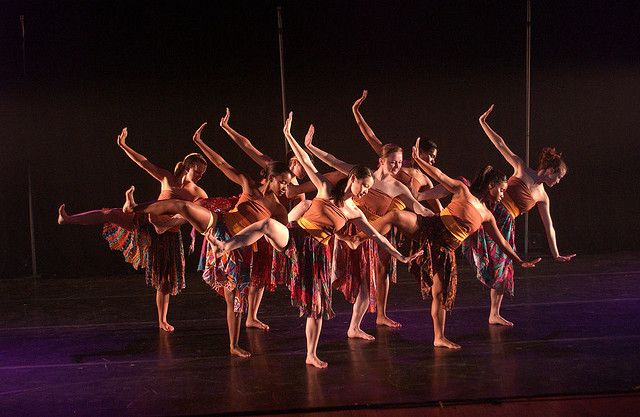
We randomly paint the elements that we would like to include in the dance scheme and can be used according to the class. Next, we determine positions and lines 2-3 bars each, a possible anchor of the composition, and then we impose random elements.
Variations in performance:
question answer ( one is active, the second is slow and then vice versa, a dialogue occurs),
echo one partner dances the part, the second partner repeats this part (as if competition between partners)- Lunge
- Check
- Chair
- Spanish line
- Press line
- Disco sit
- SplitAll Poses
Latin American Program 9 Video Tutorials0459
Videos with warm-up options
Warm-up options in Latin
Videos of specialized exercises
in Latin for individual muscle groups. Work of arms, legs, bodyExercises for muscle groups, arms, body
How to dance with a child at home.
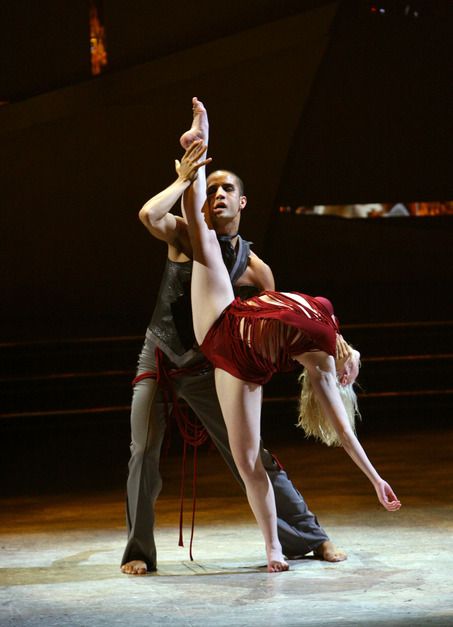 Tips from experts on how to teach children to dance on their own
Tips from experts on how to teach children to dance on their own Contents
Dancing is a natural state of man. Starting from the age of 6-8 months, babies begin to move with pleasure to the beat of music, and having learned to walk, they stomp to their favorite songs. Between these spontaneous movements and a real expressive dance is not such a big gap. But to dance really fully and physiologically correctly you need to learn. And dance classes are very useful for children, and, importantly, give the children pleasure. Consider when to start learning to dance and how best to build homework with young children.
The benefits of dancing for the development of the baby
First, let's figure out whether it is necessary to dance in childhood and whether regular dancing classes bring benefits to the development of the child. First of all, dance is a motor activity that is necessary for every person. Classes contribute to a harmonious load on all muscle groups, make the child more resilient and dexterous, improve his coordination and orientation in space.

In addition, dancing develops:
- flexibility;
- hearing;
- sense of rhythm;
- ability to understand music;
- creativity;
- formation of neural connections.
Dancing trains memory (the child has to memorize movements), helps to gain a beautiful posture and self-confidence. Classes contribute to the development of intelligence, the ability to concentrate on tasks, the ability to set goals and achieve them. All these skills will be useful to the child not only in further schooling, but also in adulthood.
We must not forget about social development. Even if you decide to study on your own at home, the baby has to interact with you, the child learns discipline, learns to listen and understand an adult, perform new tasks, and overcome laziness.
More benefits from teamwork. Here, kids learn to interact with each other, in practice they understand how important mutual assistance is, if the dances are paired, then they master the distribution of roles in the dance and gain communication skills.
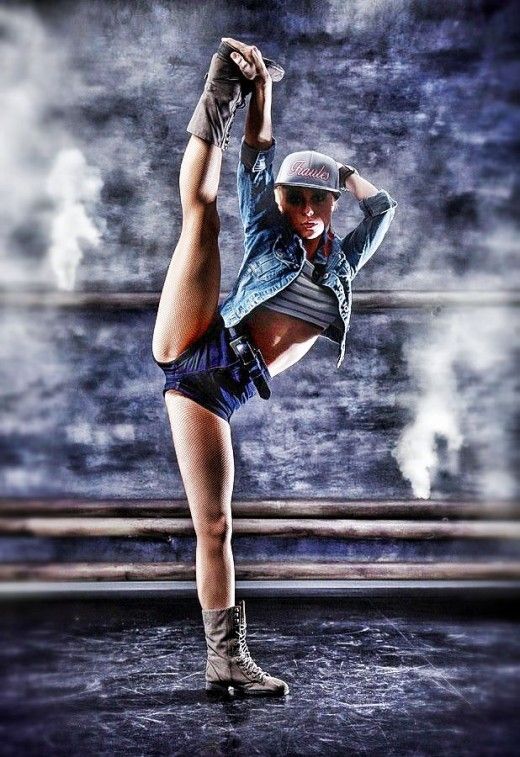
At what age to start dancing with a child
You can teach your child to music at an early age. You can play music for newborns, sing lullabies or funny nursery rhymes to your child. When the baby begins to coordinate his movements, add stomping, clapping, give the child a tambourine, spoons, bells or drums. You can also take the baby in your arms and move yourself to light music. Such joint exercises help to form a sense of rhythm.
As for regular classes, it depends on the individuality of the child. Some children are able to perform simple movements as early as 2-2.5 years old, and some find it difficult to concentrate on activities even at 4. . If you think that your baby is already ready, try some joint activities at home, if it doesn’t work out, put your attempts aside for a while. There is no need to rush things and force the child to do what he is not yet ready for. This can discourage not only dancing, but also other activities.
How to properly start learning and get your child interested
As already mentioned, the main thing is not to rush things and approach learning smoothly.
 It is also important to interest the child, because if the baby himself wants to learn to dance, then it will be much easier for him than if he simply fulfilled the desire of his mother.
It is also important to interest the child, because if the baby himself wants to learn to dance, then it will be much easier for him than if he simply fulfilled the desire of his mother. At the conscious age of a child, you can start showing performances of professional dancers, children's groups or solo dances of his peers. Choose colorful and understandable numbers, try to choose not too long programs to watch with fairly simple choreography and clear rhythmic music.
Ask the child if he wants to learn to dance too, dance with him yourself. Even if he never managed to get into the rhythm, praise him, tell him that he will make an excellent dancer.
It is worth noting that here parents may encounter some difficulties. The fact is that most children are absolutely sure that they already know how to dance. Preschoolers are incapable of being critical of themselves. To them, antics and chaotic jumps in front of the mirror seem no less beautiful than the perfected pirouettes of a professional ballerina.
 In no case do not convince the child that he still knows nothing. Show him some more difficult movement and offer to practice more to learn. Offer to learn a specific little dance, etc.
In no case do not convince the child that he still knows nothing. Show him some more difficult movement and offer to practice more to learn. Offer to learn a specific little dance, etc. Another incentive that can be used is professional clothing. Even with self-study at home, buy ballet shoes for a child, a swimsuit and a tutu for a girl, and beautiful dance pants and a T-shirt for a boy. Take a trip to a specialty store with your child, let him choose the right clothes for dancing for himself, do not argue, even if you get a completely wild combination of colors. The child will definitely want to wear a beautiful, self-chosen outfit and try it out in class.
Sign up for a trial lesson
Choose movements that children can do and gradually increase their difficulty. You can try the following items:
- stomp and pop;
- side steps;
- squats.
The first dance movements should be clear and not multiple, gradually complicate the compositions.

How to choose music
Classes with a child should not be monotonous and boring. Small children cannot work for hours to the same melody, honing movements to perfection. Therefore, you need to pick up a whole collection of music suitable for classes.
Of course, you need to purposefully learn dance compositions and links, and not just move to the music (although the latter is also good), but try to diversify your classes. You can use different melodies:
- for warm-up;
- for musical breaks during class;
- for coordination and stretching exercises, etc.
Be sure to consider your child's preferences, age and temperament when choosing music. If you have a fidget growing up, choose fast, rhythmic music. If the child is a little slow and thoughtful, calm smooth melodies will suit him.
It is also important that your baby likes music. You can try dancing to tunes from your favorite cartoons or to popular children's songs.
 Gradually diversify melodies, introduce classical music. This will allow not only to learn how to dance, but also to acquaint the child with a variety of genres of music. For example, five-six-year-olds are quite capable of mastering musical compositions to Tchaikovsky's The Nutcracker or Shostakovich's Dancing Dolls.
Gradually diversify melodies, introduce classical music. This will allow not only to learn how to dance, but also to acquaint the child with a variety of genres of music. For example, five-six-year-olds are quite capable of mastering musical compositions to Tchaikovsky's The Nutcracker or Shostakovich's Dancing Dolls. Professional advice: how to properly dance with children and what not to do
- All classes for preschoolers should be conducted in a playful way, all movements should be accompanied by words. Children have a well-developed figurative imagination, and if in the process of training you “walk like a duck”, “flap your wings”, jump like a grasshopper, then the baby will quickly remember all the necessary movements and postures.
- Change your activity more often. Even a six-year-old cannot concentrate on one activity for more than fifteen minutes. Your lessons should be dynamic. You can, in addition to warming up and learning dance, include elements of finger gymnastics, outdoor games and arbitrary rhythmic movements to music, stretching exercises, etc.
 in your classes.
in your classes. - Never force a child to do something that greatly exceeds his current abilities. If something does not work out, do not scold the baby and do not focus on failure, just switch to another activity.
- Never yell at a child, scold or make harsh remarks. If the kid does not succeed, he indulges or simply does not want to listen to the teacher, show patience and tact. This will give better results than criticism and swearing.
- Don't make the lessons too long. With three-four-year-olds, you can practice for 45 minutes maximum. In this case, you should change the type of activity every 10-15 minutes. The older the child gets, the longer your lessons can be (but no more than an hour and a half) and the longer you can practice each movement or exercise.
- Dancing for yourself is wonderful. However, you should also think about the audience. Public speaking is an important stage in a child's development. They teach not to be afraid of the public, give self-confidence, allow you to share your success with the audience.
 You need to not only learn dance compositions, but also think about where and how your child can demonstrate their art. Arrange concerts for grandparents, for other relatives. If the kid attends a kindergarten, arrange with the teachers so that he performs with a learned number at the next holiday. Invite your child to prepare a room for a family holiday or for the birthday of one of his friends. Such performances will allow the child to be liberated, determine the purpose of the classes, evaluate their progress, and maintain interest in training.
You need to not only learn dance compositions, but also think about where and how your child can demonstrate their art. Arrange concerts for grandparents, for other relatives. If the kid attends a kindergarten, arrange with the teachers so that he performs with a learned number at the next holiday. Invite your child to prepare a room for a family holiday or for the birthday of one of his friends. Such performances will allow the child to be liberated, determine the purpose of the classes, evaluate their progress, and maintain interest in training. - It is possible that sooner or later your little one will outgrow home workouts. Then it will be possible to find a good dance school for him. From a certain age, it is more interesting for children to engage in a team, in addition to communication, the child is waiting for performances, preparing costumes and other pleasant moments associated with the life of a professional dancer.
- Children learn the world by copying adults.
